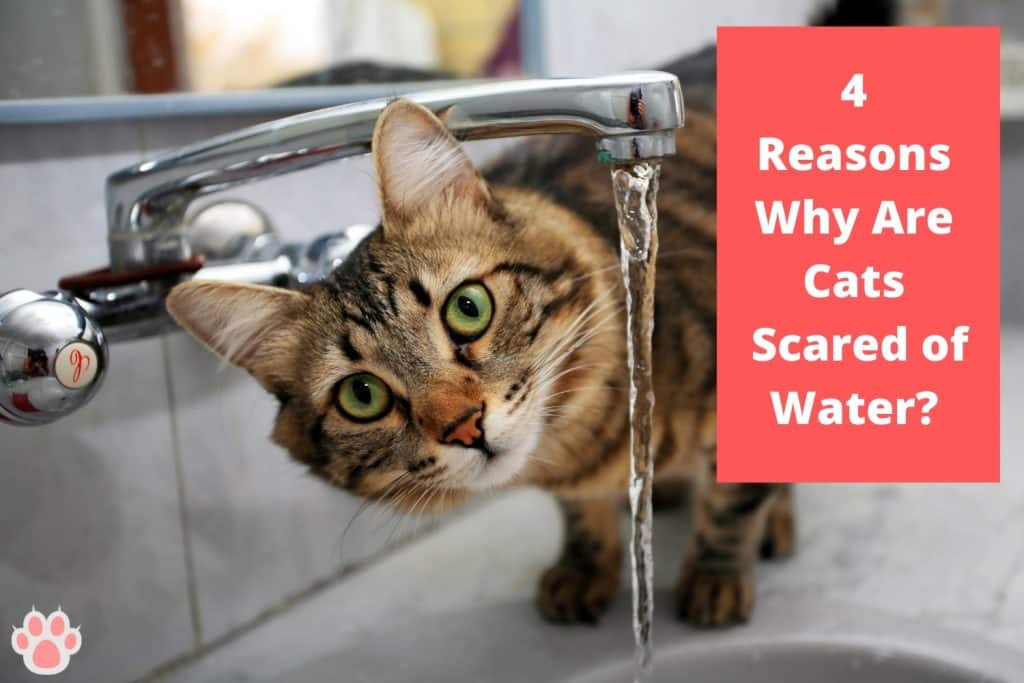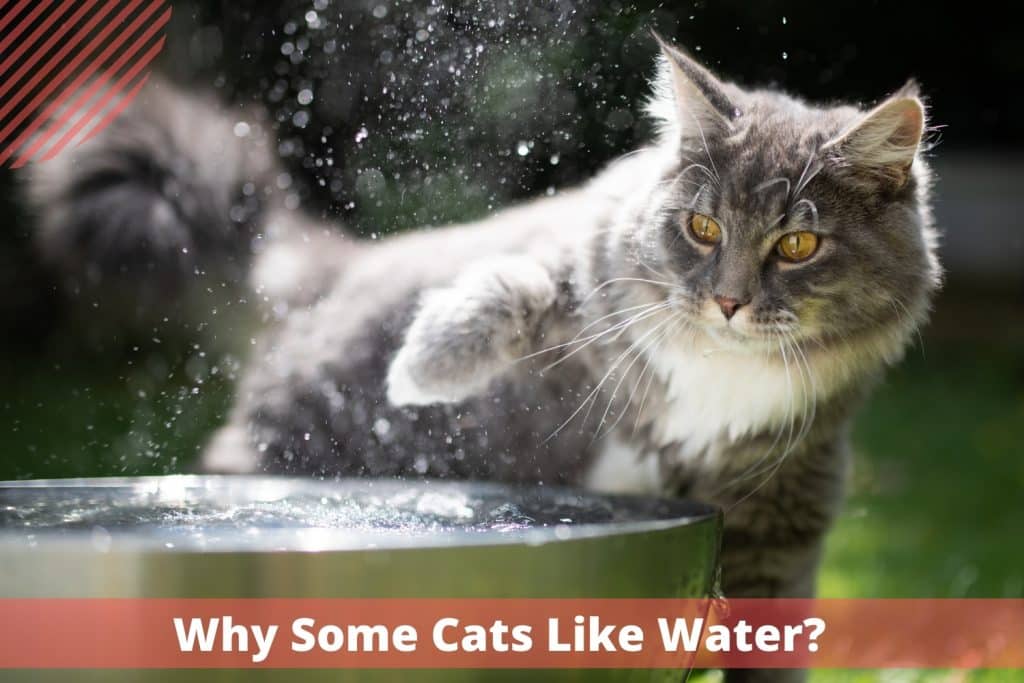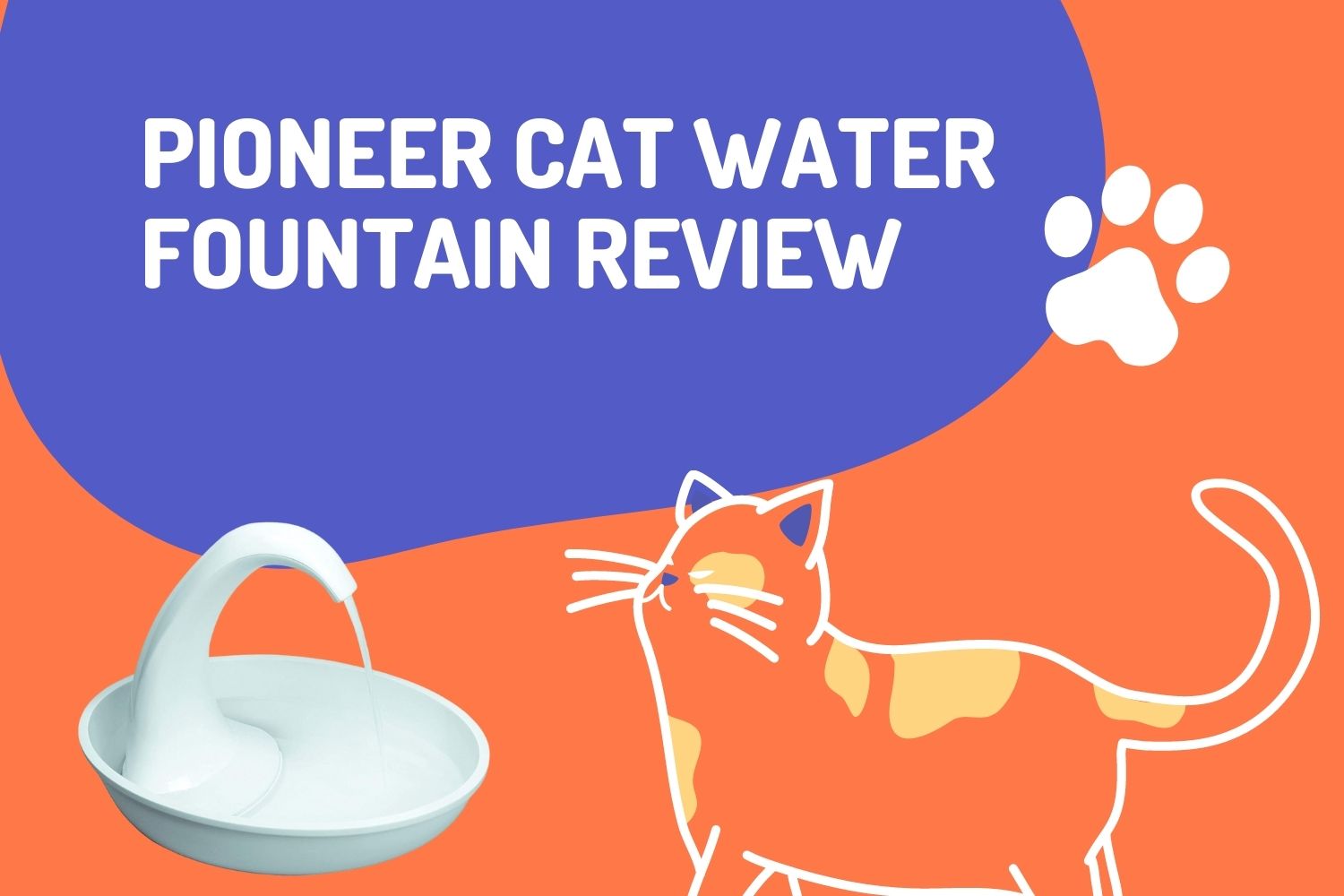
It’s a common misconception that cats are scared of water. It’s probably why people are shocked when their cat goes into the bathtub or plays in the rain without a care in the world.
Cats are not scared of water. But some breeds dislike water because their bodies are not built to withstand the water’s temperature, texture, or odor. Because of that, cats try to stay away from water as much as possible.
This article will offer some essential details to all cat owners on why their cats might be afraid of water. So, let’s start exploring why are cats scared of water?
Why Are Some Cats Afraid of Water?
Depending on which breed you have, your cat may enjoy water or hate it with all its furry might.
Starting with the ones that hate it, their reasoning for this relentless hatred stems from their body chemistry.
Note: A best cat water fountain is a device that provides fresh, moving water for cats. A cat’s instinctual response to a running stream of water is to drink from it, and the sound of flowing water may entice your pet to use the fountain.
1. The Cat’s Heavy Coat
There are plenty of cat breeds that have heavy coats. The British Longhair, the Himalayan, Persian, Ragdoll, and Siberian cats are just some that come to mind.
Even within this long-haired family, some cats won’t mind water. But those who do hate water because their coat is heavy. When exposed to water, this heavy coat becomes too much, making it harder for them to stay afloat.
And let’s not forget, cat fur is not water-resistant. If their coat becomes wet and can’t move, they will trigger their instincts since they won’t be as agile or secure. And that opens them up to becoming another cat’s or creature’s prey.
2. The Cat’s Temperature
Some cats with little furs, such as domestic short hair, dislike water because it dramatically alters their body temperature.
A cat’s average body temperature ranges between 100.5°F (38.1°C) and 102.5°F (39.2°C). Anything too cold is quite unnatural to an otherwise warm body.
Unlike humans who have experienced temperature changes, a cat will not like coming into contact with something that dips its body temperature.
3. The Cat’s Olfactory Sensitivity
Cats have a strong sense of smell. If they smell anything foreign or strange, it puts them off coming near that thing.
Most cats dislike the liquid because it already comes with enough chemicals added in. Putting aside the water we get from our taps; cats especially dislike water from outdoor pools or treated tanks.
We may not be able to detect the chemicals added to the water. But to a cat whose senses are already hyperactive, these smells and tastes will only be worse.
4. The Cat’s Natural Instincts
Domesticated cats originated from ancient Egypt, a place well-known for not precisely having large bodies of water. Most cat ancestors didn’t even have any experience of wading in pools or small lakes.
As desert creatures, these cats were light-footed and nimble. These are two characteristics they passed to their present-day descendants. And in water, these are two instincts cats cannot use.
And let’s not forget, cats are creatures of habit. They want to know they’re on top of everything and know what to expect at every turn. Being in water inhibits them from predicting what will happen. As their motions become slow, these cats will panic because they won’t know what to do.
Why Some Cats Like Water?

Considering their ancestral instincts, it’s understandable why cats dislike water. But what about those breeds that relish it?
Some cat breeds that love water include the Turkish van, the Japanese bobtail, the Turkish Angora, the American bobtail, the Norwegian forest cat, the Maine Coon, and the Abyssinian. The list also includes many long-haired and short-haired breeds.
For these cats, positive exposure is one of the most significant factors that allow them to love water.
Cats often dislike water because of the uncertainty and fear associated with it. And that stems from not only an ancestral relation but to their first experience with water.
Often, a cat’s first experience with water is its first bath. Typically, cat owners encourage giving cats their first bath at four weeks. That includes using gentle touches, a small amount of water in the sink or a small tub, low noise, i.e., no sound of rushing water from the faucet, and plenty of love.
This allows cats to see water as something positive and unfrightening.
How to Know if Your Cat is Playing with Water?

Let’s face it, to an animal whose main form of entertainment is anything moving; water possesses a sense of fascination.
If you often see your cat putting their paw in the water, this is them playing with the water to make it move. They may splash in it, move the bowl, try to spill, or turn the bowl over. They may even sit in it.
If that’s the case, you might want to move their water bowl to a place that’s not too slippery, but don’t discourage them from playing (nicely!) with the water.
Also, keep an eye on them if they sneak their head under a faucet or two. Cats are curious creatures and will risk getting wet only to play with a potential toy.
If you don’t want your cat jumping on the counter, try using the shower. If your cat walks in and tries playing with the water or hangs around on the wet floor, this is a positive sign that your cat may be getting used to the wetness of water.
How Do I Get My Cat to Like Water?
While your cat will likely never swim around in the water, they will tolerate it if you use the right tactics.
Remember, positive reinforcements matter.
Start by using a wet washcloth. Soak it in warm water, so it’s not cold to the touch, and wring it. Use that cloth and rub your cat under the chin, their back, and their belly if they allow it. Use a soft washcloth, and every time you use it, give your cat a treat, so they associate it with food.
Next, use treats to get them in the tub or the sink and bring their favorite toy along. Don’t use water at this stage. Use their toys and play around with your cat, using treats and gentle words throughout.
Once your cat becomes used to the area, and the sensation of water, fill the sink or bathtub with just enough water that the cat feels the water on its feet. Use a bunch of toys or their favorite toy and let them play with it. Also, lead your cat into the tub or sink. Please do not pick them up and place them in the water, or the difference in texture will shock them.
If your cat plays around in the water, let them get their playtime. Once they’re done and tired, use a fluffy warm towel to dry them off as much as possible. Again, gentle words and treats are a must.
This process takes a while, but it does help in getting your cat used to the bathtub or sink full of water. Once they’re completely comfortable, they may even allow you to bathe them.
Along with taking care of the above-listed matters you also need to make sure to prevent algae in cat water fountain and learn how to prevent slime in the pet water fountain. It will help you keep the fountain clean and tidy which cats like most.
Conclusion — Why Are Cats Scared of Water?
As a cat owner, you must know everything about your cat and its inclination toward the water.
If your cat breed is known for disliking water, there’s a chance it will take to the water, but don’t get your hopes up. Instead, keep them away from water and leave the washing up to a professional groomer.
Your cat will be grateful to you for not exposing them to the beast that is a sink full of water!






